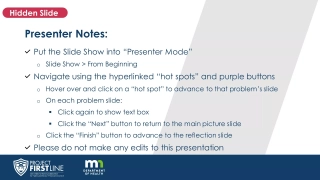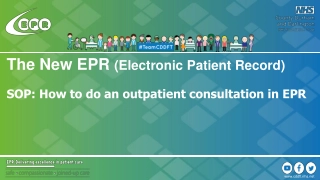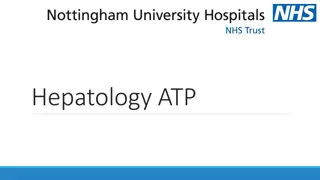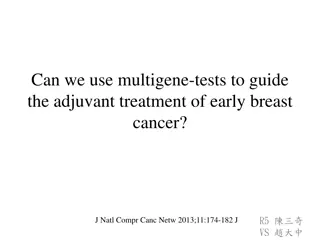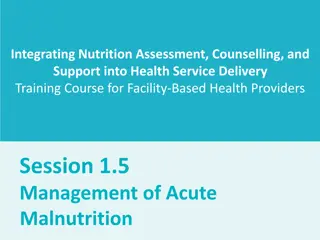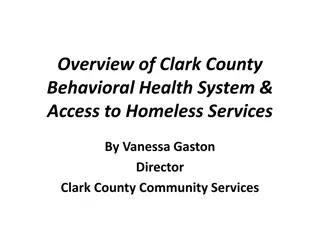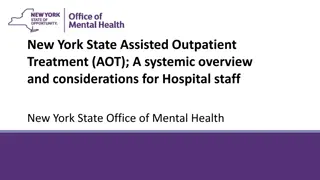
Comparative Study on Outpatient vs. Inpatient Treatment for Acute Pulmonary Embolism
Explore a study comparing outpatient and inpatient care for acute pulmonary embolism, assessing non-inferiority in low-risk patients. Results show outpatient care is safe and effective.
Download Presentation

Please find below an Image/Link to download the presentation.
The content on the website is provided AS IS for your information and personal use only. It may not be sold, licensed, or shared on other websites without obtaining consent from the author. If you encounter any issues during the download, it is possible that the publisher has removed the file from their server.
You are allowed to download the files provided on this website for personal or commercial use, subject to the condition that they are used lawfully. All files are the property of their respective owners.
The content on the website is provided AS IS for your information and personal use only. It may not be sold, licensed, or shared on other websites without obtaining consent from the author.
E N D
Presentation Transcript
Critical Appraisal Athar Yasin EOE - RTD Jan 2012
Lancet 2011;378:41-48 Outpatient versus inpatient treatment for patients with acute pulmonary embolism: an international, open-label, randomised, non-inferiority trial Drahomir Aujesky et al
Summary - Background Management of symptomatic PE is predominantly inpatient based The authors assessed the non-inferiority of outpatient as compared to inpatient care
Summary - Method Adults aged >18 with low risk acute symptomatic objectively verified pulmonary embolism Multi-Centre, Open-label non-inferiority trial Computer generated block randomisation
Summary - Method Primary outcome recurrence of symptomatic objectively confirmed VTE Secondary clinical outcomes Major bleeding within 90 days after randomization All cause mortality within 90 days Other outcomes Patient satisfaction Use of major medical resources Non-inferiority margin of 4% was accepted
Summary-Results Between Feb 2007 June 2010 randomly allocated 172 patients to each outpatient and inpatient groups 1 (0.6%) patient died in each group p-value 0.005 1 outpatient and 2 inpatients were lost to follow up 1 patient (0.6%) in outpatient group had recurrent VTE as compared to none in the inpatient p-value 0.011
Summary - Results 3 patients (1.8%) in the outpatient group had major bleeding with p-value 0.086 Mean time spend by outpatient group 0.5 days as compared to 3.9 days by inpatients
Summary - Conclusion In low risk patients with PE, outpatient care can safely and effectively carried out in place of the routine inpatient treatment.
Question 2 Define the term randomisation? Has randomisation in the above study worked? This method ensures that each individual entering the study has equal chance of being allocated to any group within the study. Yes refer to table 2 Computer generated block randomisation
Question 3 Define intention to treat analysis and how is it different to per-protocol analysis? All the study participants are included in the analysis as a part of the groups to which they were allocated, regardless of whether they completed the study or not A per-protocol analysis is an approach used in which data from only those patients who received treatment and complied with the trial protocol are considered in the analysis
Question 4 What is meant by validity? This refers to the extent to which a test measures what it is supposed to measure.
Question 5 Would you change your practice based on the findings of this paper and why / why not? Already started in our set up with few differences SC enoxaparin dosage different to our current practice No intention to treat analysis done

